During this period of uncertainty, I’ve been turning to video games more than ever as a source of comfort and distraction. It’s been nice to connect with friends over online multiplayer, whether that involves taking my frustration out on the ever-annoying Furious Rajang or inviting fellow islanders over to pick peaches and share crafting recipes.
It begins to beg the question, though — out of all of the online gaming services available, which one offers the most value? I’ve had a few non-gamer friends reach out about whether they should pick up a PlayStation, Xbox, or Switch based on their games and respective services, and it’s interesting to see online subscriptions becoming the latest battle in the age-old console wars.
If you’re on the fence about these subscription services looking for a side-by-side comparison of their features, you’re in luck! In this article, I’ll be exploring each of these services in greater depth to help you decide which one is right for you.
For a quick-and-dirty breakdown of the pros and cons of each service, check out the table below!
| Playstation Plus | Xbox Live Gold | Nintendo Online | |
|---|---|---|---|
| Games | – 2 free games per month – Member-exclusive discounts | – 2-4 free games per month – Member-exclusive discounts | – Access to 70+ NES/SNES Switch ports – Member-exclusive discounts |
| Features | – Online multiplayer – Voice chat | – Online multiplayer – Voice chat | – Online multiplayer – Voice chat – Mobile app – Cloud saving |
| Price | Starting at $9.99/mo | Starting at $9.99/mo | Starting at $3.99/mo |
It’s (Mostly) About the Games

To begin, let’s look at the games made available upon subscribing to each of the services. This is, after all, a significant factor in justifying the cost of the overall service, as the addition of free games (where applicable) can make the price much more palatable.
PlayStation Plus offers two free games per month as a part of their online service. The games cycle every month and can range from cheaper indie titles to larger triple-A releases. Each month’s selections can be hit or miss because of this, but occasional bonuses and bundles appear alongside member-exclusive discounts in the PlayStation Store.
Xbox Live Gold is pretty similar in this regard — subscribers are offered anywhere from two to four free titles each month, as well as substantial discounts to other titles available for purchase. The main feature that sets Xbox apart with its game library is the introduction of Xbox Game Pass. This is an additional service that members can add to their subscription for an extra fee, which gives them unlimited access to 100+ titles in the Game Pass library. These titles include backward-compatible Xbox 360 options in addition to Xbox One releases. The best part? Xbox Game Pass games can be played online or offline, and on console or PC.
Nintendo Online isn’t necessarily better or worse when it comes to its game library. It just operates a bit differently. Rather than having a monthly cycle of free games, subscribers have constant access to a library of 70+ Switch ports of retro NES and SNES titles, and more get added all the time. This may not be as appealing to some as the possibility of a free contemporary game, but retro gamers have a lot to celebrate with the full range of titles available from the start. Nintendo Online also offers member-exclusive discounts to other titles in the eShop.
Putting the “Online” in Online Service

In addition to the free game libraries, each gaming service offers an additional set of features that expand the capabilities of your console. The big one here is access to online multiplayer, which lets you play cooperatively and competitively with friends and strangers. Online multiplayer also includes voice chat for more efficient in-game communication.
Unfortunately, PlayStation Plus falls a bit flat in this respect. There aren’t a lot of additional features available upon subscription, but the online access alone is worth the cost if you tend to gravitate toward multiplayer games. PlayStation offers precious few couch co-op options, so an online subscription is a good idea if you’re looking to move away from single-player games.
Xbox Live Gold is similarly restricted if you purchase it on its own, but again, the addition of Game Pass takes the entire service to the next level. A Game Pass Ultimate subscription includes online multiplayer networking and voice chat, member-exclusive perks and DLCs, and access to mobile apps for downloading games directly to your console and/or PC. There’s also the Xbox Beta app, which lets you read game reviews and recommendations on the fly.
As for Nintendo? Nintendo Online also offers online multiplayer services and voice chat (seeing a theme here?), as well as access to SplatNet, the Splatoon-oriented app. But the biggest advantage may just be peace of mind. With an active Nintendo Online subscription, you can back up your save data to the Cloud for extra security and easy access.
Bang for Your Buck

Cost is generally the biggest discussion point when it comes to deciding which service is best, and it’s interesting to see how varied pricing is for each of these services when the features themselves are so similar.
The biggest appeal of PlayStation Plus is its tiered pricing option at relatively low costs. Subscriptions can be purchased at 1-month ($9.99), 3-month ($24.99), or 1-year ($59.99) increments. It’s worth noting here that subscribing at a higher tier guarantees substantial savings, as an annual subscription is just less than half the cost of a recurring monthly subscription for the same 12-month period. Considering the number of free titles available for download during that time, the $60 price tag is well worth the investment.
This is the point where Xbox Live Gold loses some of its momentum. It lacks a tiered pricing option, meaning the subscription must be renewed every month. At $9.99 per month, this can amount to a costly $120 per year. The introduction of Game Pass brings the monthly cost up to $14.99, making the yearly cost clock in at just short of $180 – the same price as a new Switch Lite!
Speaking of the Switch, Nintendo Online offers tiered pricing as well, and it’s also the cheapest and most varied option when it comes to cost. Subscriptions are offered at 1-month ($3.99), 3-month ($7.99), and 1-year ($19.99) increments. They also offer an impressive family plan for $34.99 annually, which can support up to 8 individual Nintendo accounts on a single subscription.
Final Verdict: Xbox Live Gold vs. PlayStation Plus vs. Switch Online

In general, PlayStation Plus occupies a respectable “middle-ground” position. It doesn’t offer an awe-inspiring game library or many notable features, but it also doesn’t inflate its prices unnecessarily. The free games aren’t always something to write home about, but there are a surprising amount of gems among them. The downloadable content and online gaming services make the $60 price tag seem entirely reasonable.
Xbox Live Gold, on its own, seems a bit lacking for the substantial price tag, and I think it’d be a better service with a tiered option similar to PlayStation Plus. That said, Game Pass is without a doubt the best online gaming service I’ve ever seen, and the sheer amount of titles available in its library justifies the higher price tag. If you’re someone who typically goes through games at a faster rate (about 3-4 triple-A titles in a year), the service is well worth the investment.
Finally, Nintendo sticks to its family-friendly image even in its online services. It does fall a bit short of its companions in terms of its game library (unless you’re an avid retro fan) and other features, but the cost is pleasantly low to make up the difference. The inclusion of a family option is a welcome addition, especially if you’re looking to game with a group of friends that may be willing to split the cost of the subscription.
Related Reading
- Best Cloud Streaming Services
- Best Playstation Co-Op Games
- Best Xbox Co-Op Games
- Best Nintendo Switch Co-Op Games



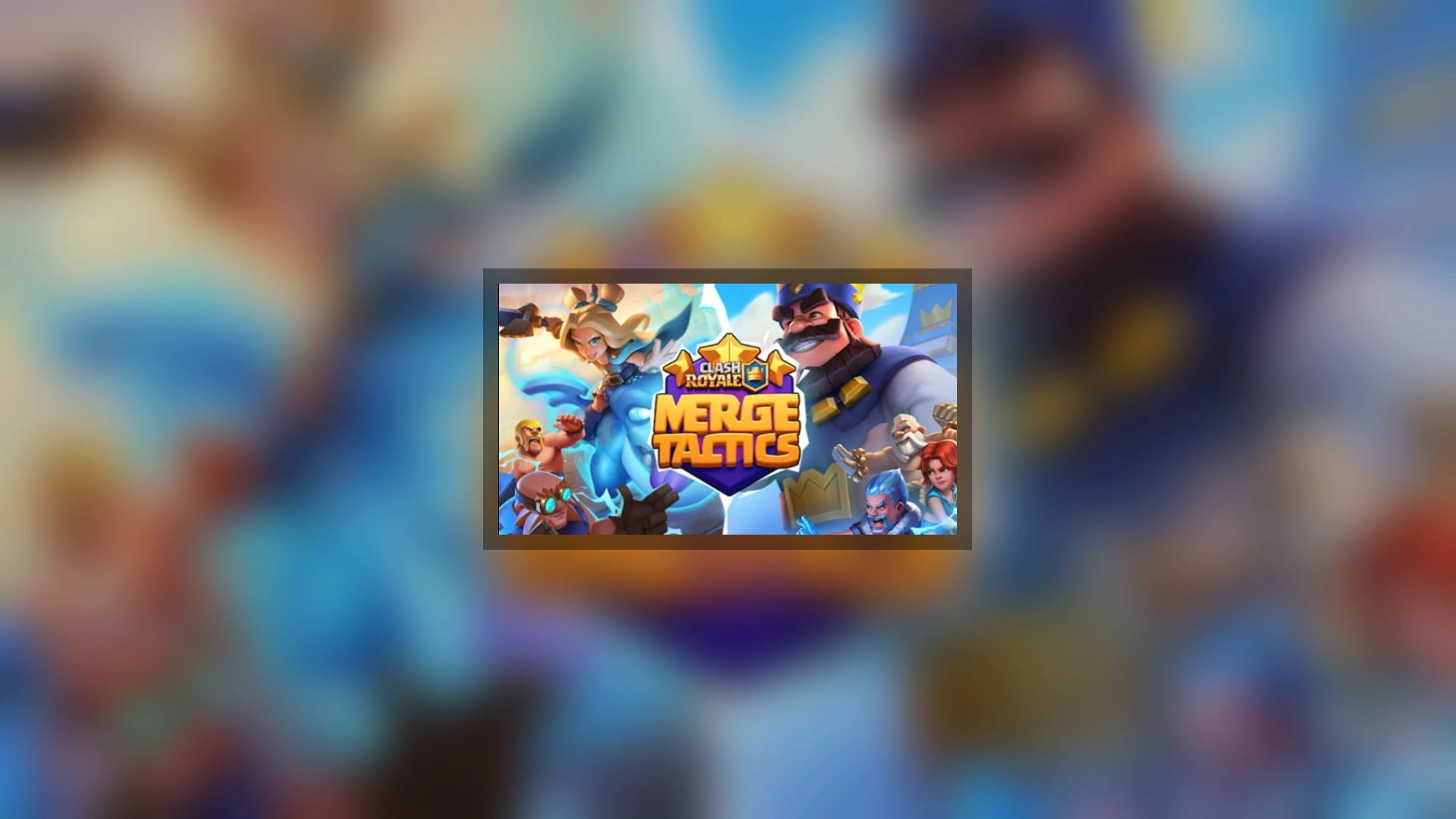
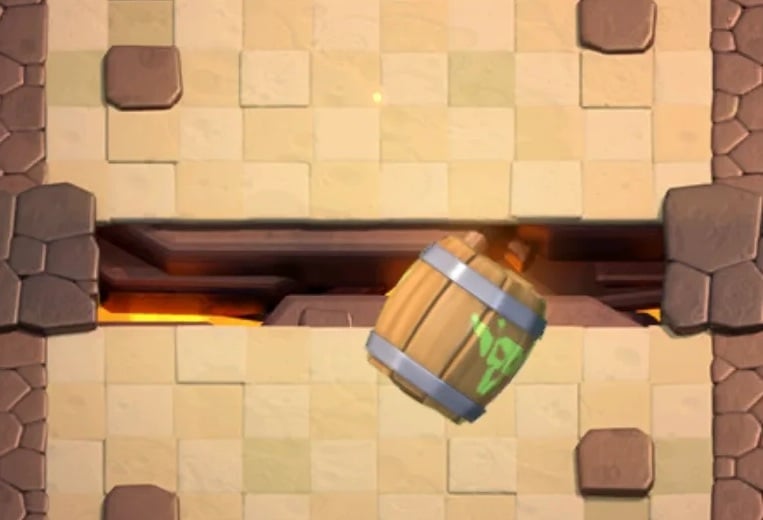
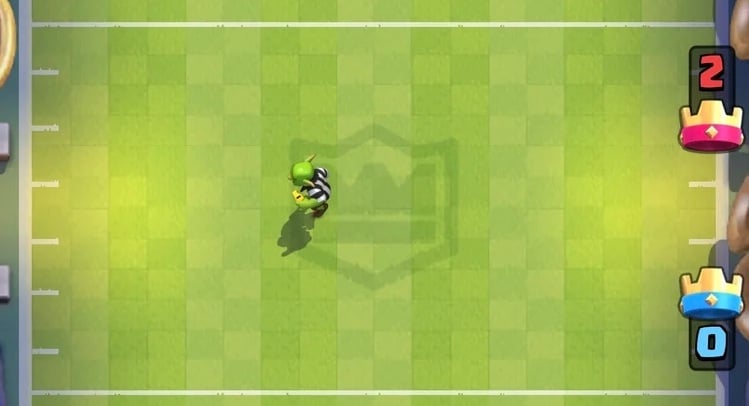
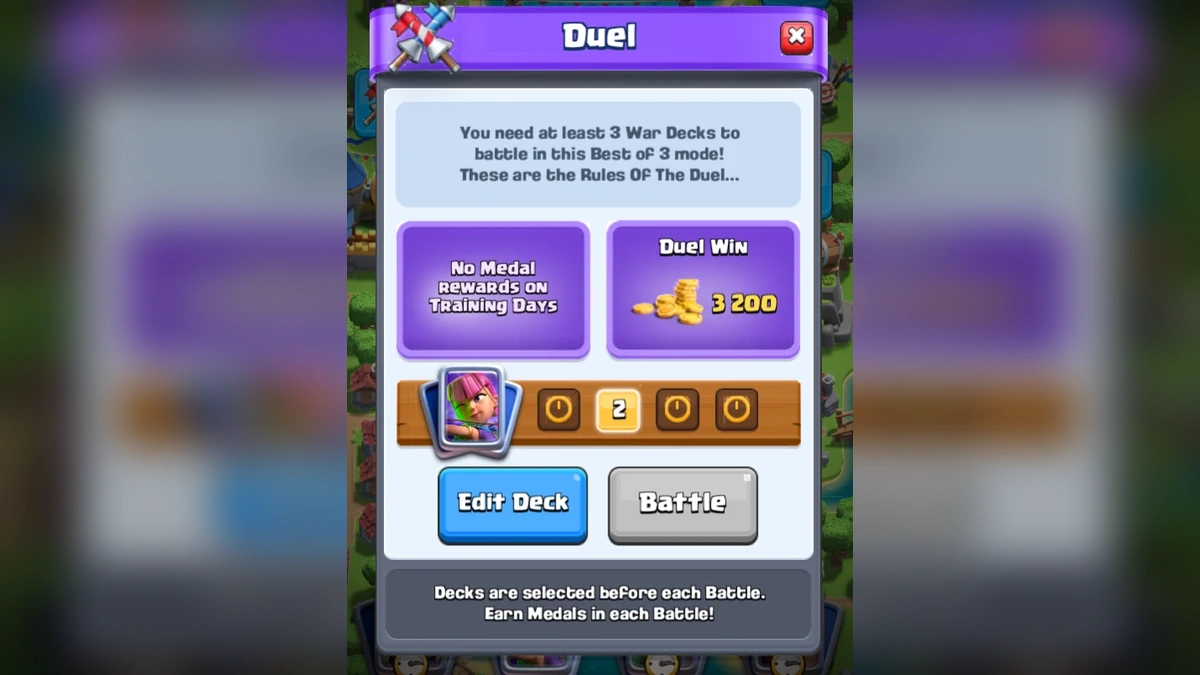
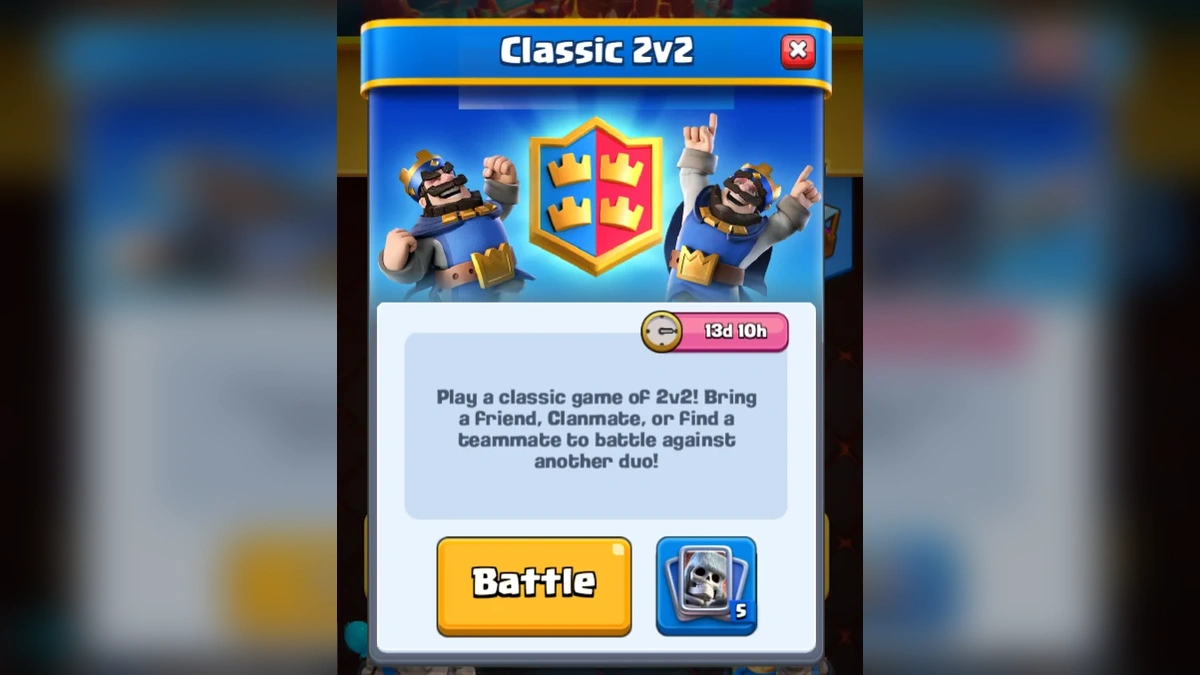
You must sign in to comment.
Don't have an account? Sign up here!